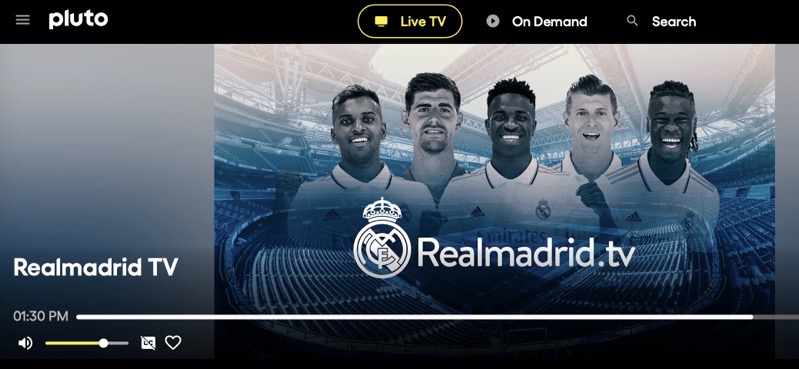
Apple Reportedly Planning to Invest $330 Million USD in MicroLED Display Factory in Taiwan
Apple is planning to invest around $330 USD million in a Taiwanese display manufacturing factory to manufacture LED and MicroLED display panels for upcoming Apple products.

A long-standing rumor claims that Apple will soon implement microLED (also known as micro-LED or mLED) panels in future iPhones, iPads, and MacBook Pros. That rumour has grown new teeth with news from MacRumors that the Cupertino company is weighing a $330 USD million investment in a microLED factory located in northern Taiwan:
Apple is teaming up on the new factory with Epistar, Taiwan’s top LED producer, and Taiwanese LCD panel maker, AU Optronics. The plant will be located in the Longtan branch of the Hsinchu Science Park and Apple’s total investment is estimated at NT$10 billion (US$334 million).
The new plant would be an expansion of Apple’s operations in the area, and the company has reportedly sent a development team to Taiwan to work on the project. Apple has long been expected to use of Mini-LED and Micro LED across a range of products, including at times the 2020 Apple Watch, and now a future refresh of the 16-inch MacBook Pro.
Apple has yet to confirm the investment, but the company has big plans for microLED in its future devices and we are expecting to see many of next years devices use these displays.
While OLED is the hot new display tech, microLED offers many of the same benefits without some of the annoying drawbacks. Like OLED, microLED is an emissive display technology, meaning each pixel emits its own light. As such, microLED promises to offer the same rich colors and true blacks as OLED. However, microLED displays can be significantly brighter and should not be affected by burn-in or image retention.
“Like OLED, micro-LED is self-luminous,” explains Taiwan Sourcing Service Provider (CENS). “However, compared with OLED, micro-LED can support a higher brightness, higher dynamic range, and wider color gamut, all the while achieving a faster update rate, wider viewing angle, and lower power consumption, all qualities favored by Apple.”
Time will tell if we’ll see a microLED iPhone in the coming years. Considering the push into microLED by heavy hitters like Samsung, Sony, and now Apple, that future may come sooner rather than later.

